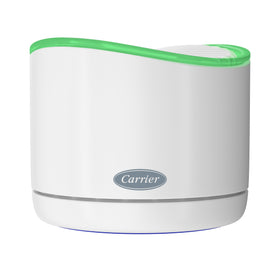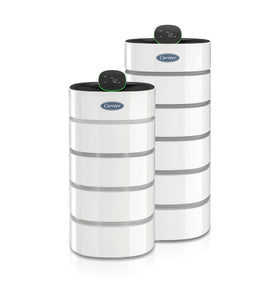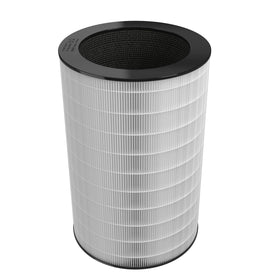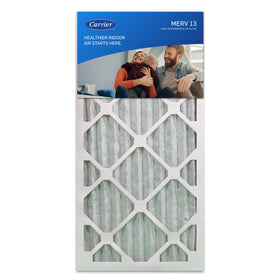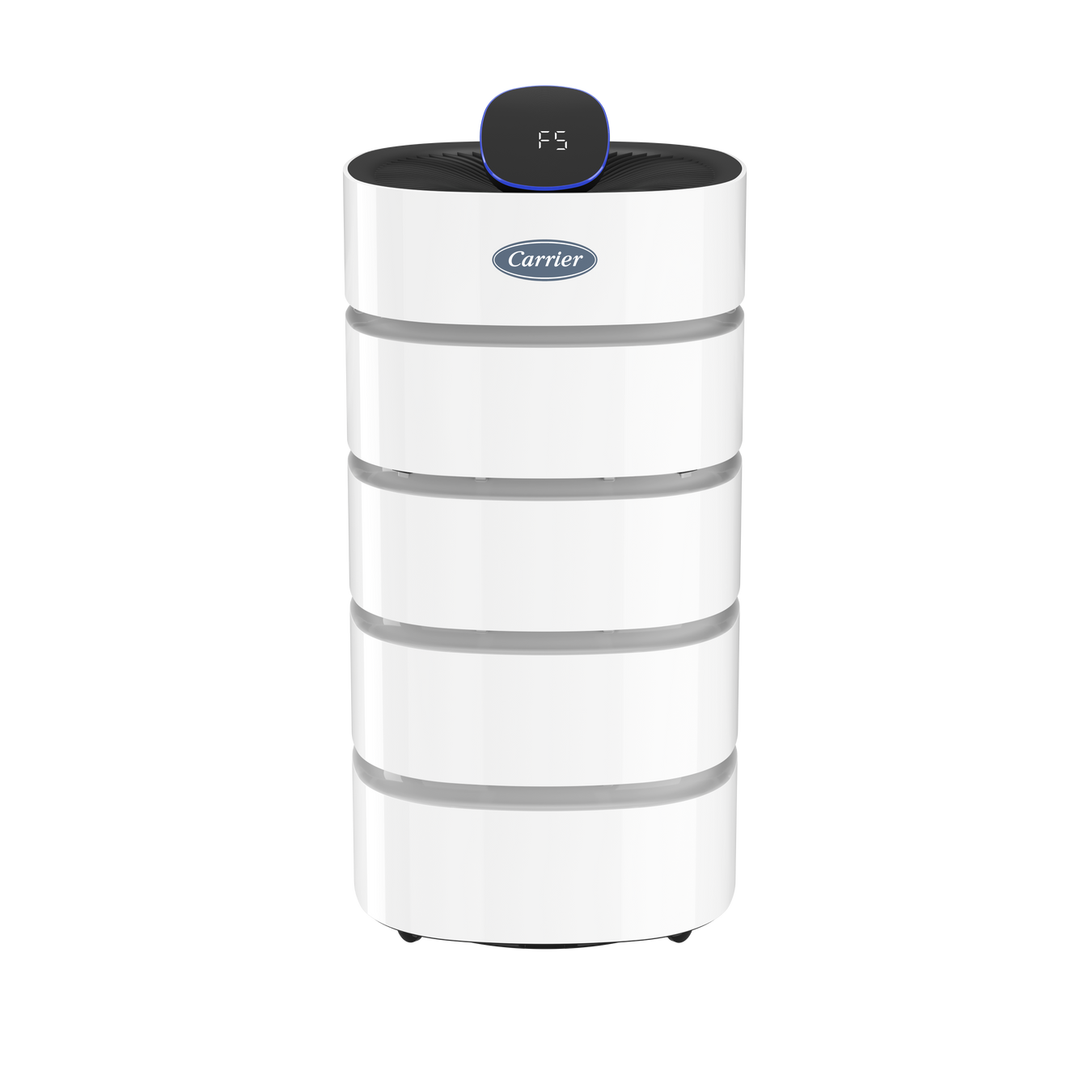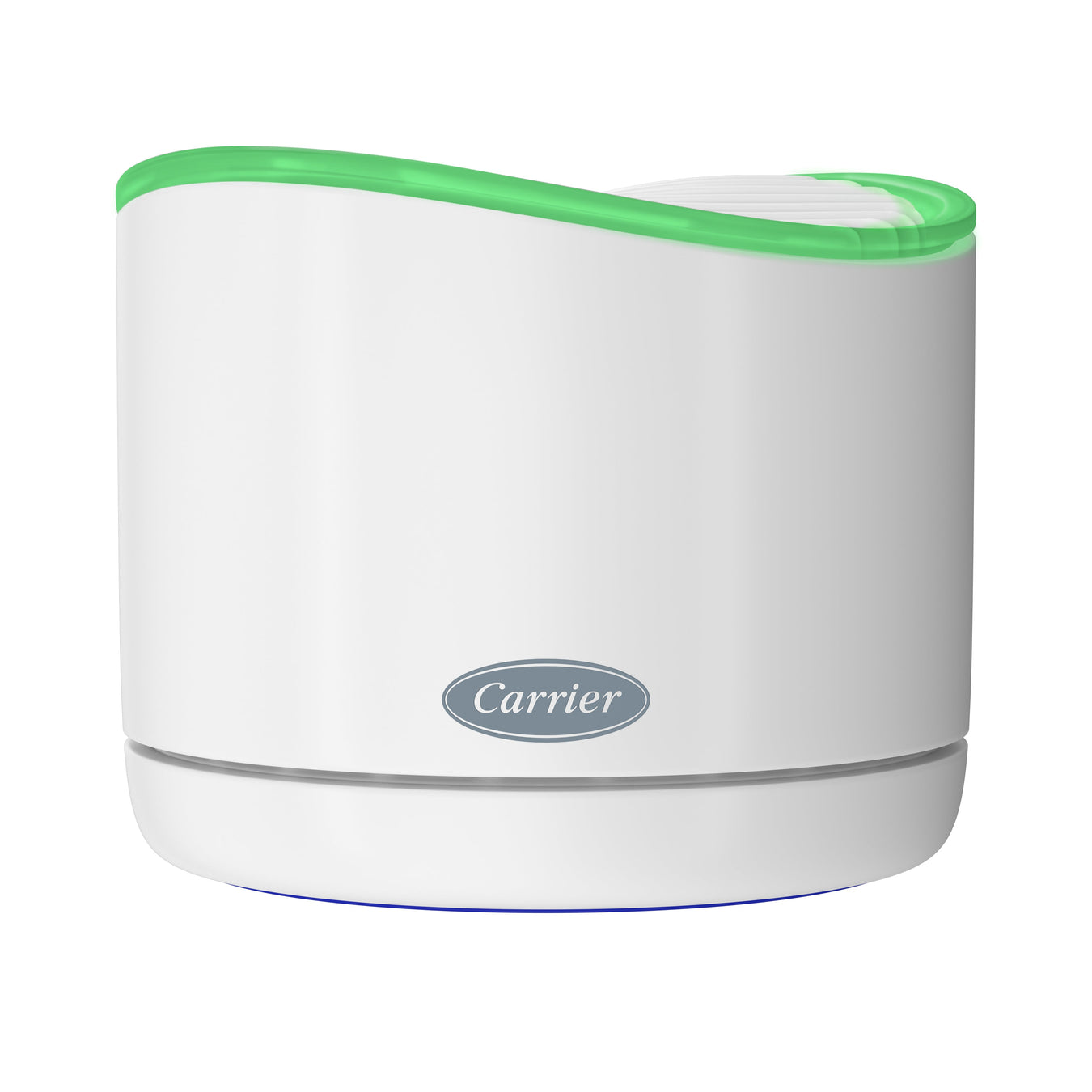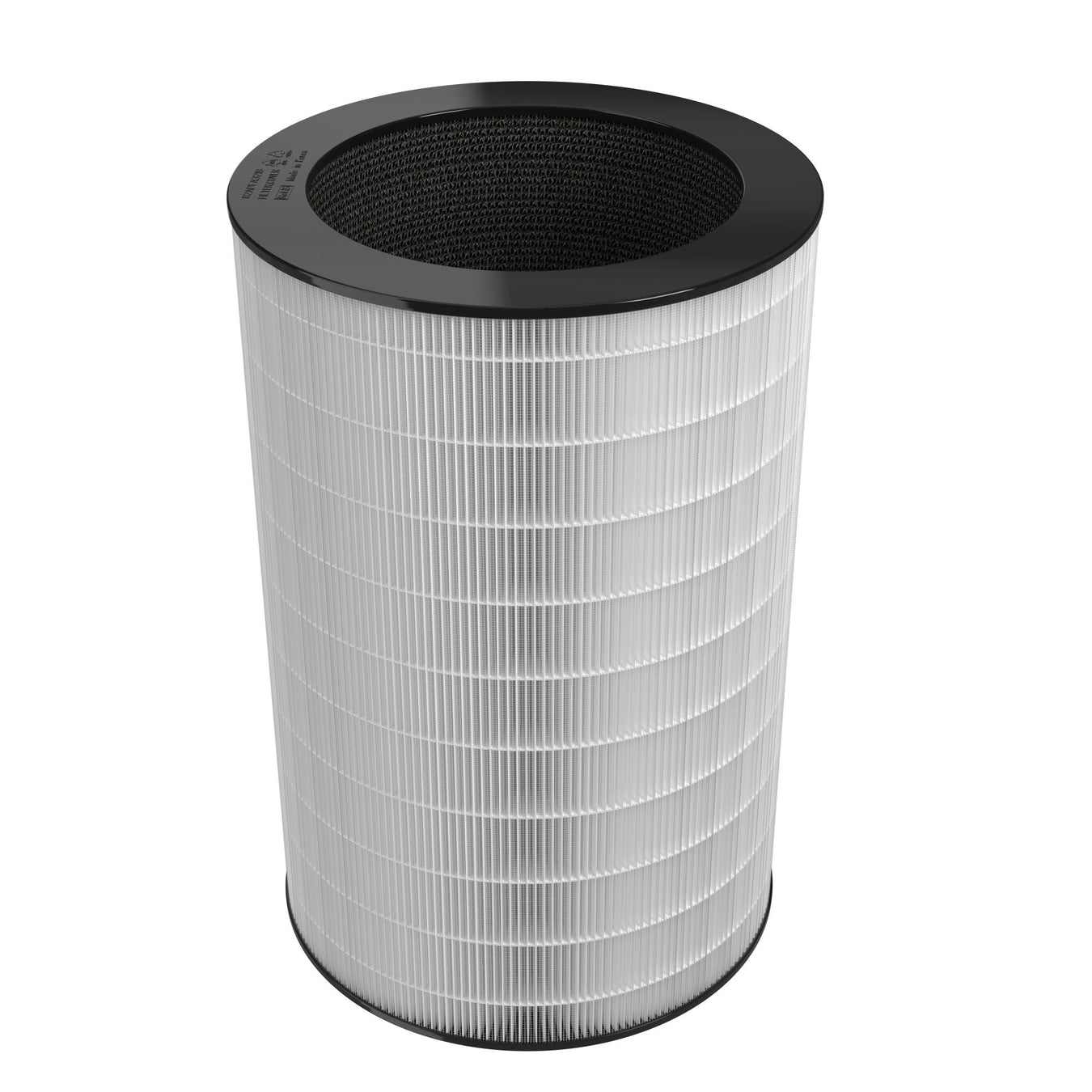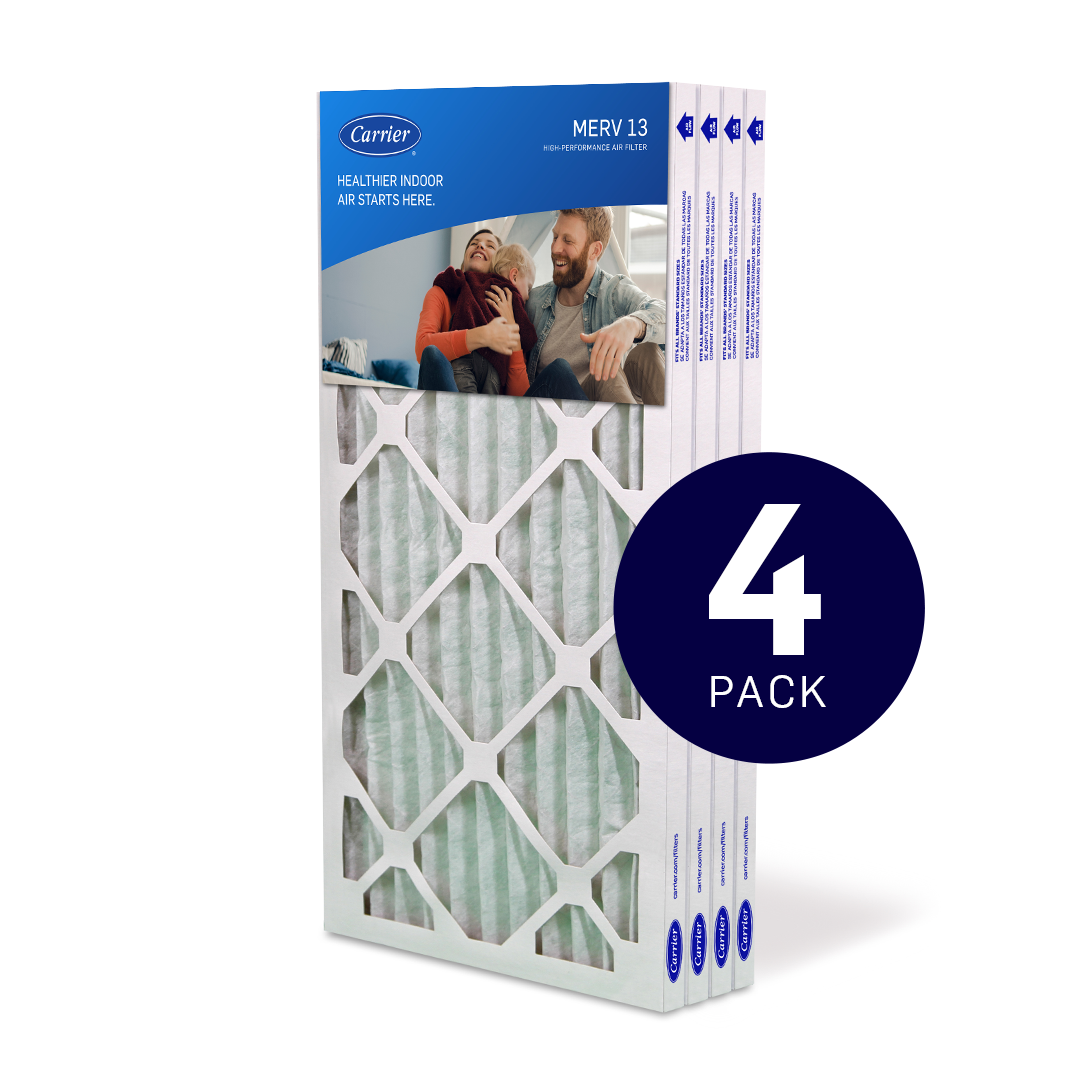
Air Purifier Types
If you’ve found yourself wondering, “do I need an air purifier?”, the short answer is that almost everyone can benefit from the cleaner, healthier air provided by an air purifier since the air quality inside your home can be up to two to five times more polluted than the outside air.1 In addition, studies have shown that using an air purifier in your home can help improve at least one measure or marker of improved health outcome.2
What is an air purifier? Simply put, it is a device you plug into an outlet to help reduce the amount of airborne pollutants and irritants that are often found inside your home’s air. So, do air purifiers work? Yes, but the effectiveness can depend on the air purifier type. Additionally, it’s important to understand that an air purifier isn’t a silver bullet but can go a long way to improve your indoor air quality along a multi-pronged approach that includes both reducing the source of pollutants and improved ventilation.3 do air purifiers work

But first let’s address a big question that comes up when people are deciding whether to purchase an air purifier for their home. While many might say that they already have a powerful HVAC system with high quality air filter(s) running in their homes, we would point out that adding an air purifier into the mix can focus efforts on improving the indoor air quality in specific rooms of your home. But it’s important to choose the proper unit for both your home and your family’s needs.
Studies have shown that using an air purifier in your home can help improve at least one measure or marker of improved health outcome. A few examples of those health outcomes or markers include allergy and asthma symptoms and several effects of cardiovascular effects associated with exposure to particulate matter.2
Therefore, the advantages of having an air purifier shouldn’t be overlooked, because an air purifier can help reduce many pollutants including pollen, pet dander, dust, tobacco smoke particles and other irritants that pervade our homes’ air. Even if you’re on top of your cleaning, and you use a HEPA vacuum cleaner regularly to help keep your home free of pet hairs and dust, it’s an approach that only goes so far. Adding air purifiers to your home can be a simple and cost-effective way to make your home’s air cleaner and healthier for your family and everyone who visits your home.
Some of the basic benefits an air purifier provides include:
- Helps reduce pollen and dust
- Reduction in pet dander
- Reduce harmful fine inhalable particles (PM 2.5)
- Cleaner, healthier indoor air
- Odor control (air purifiers with an activated carbon filter)
Read on for more details about the specific types of air purifiers that you should consider purchasing. We will discuss the various pros and cons of each air purifier type and why it’s important to choose the right one for your home. Keep in mind that there is no “one-size-fits-all” solution, but as you’ll see from the variety of selections, some are much better than others at keeping your air clean.
Air Purifier With A HEPA Type Filter
You’ve likely come across the term HEPA (which stands for High Efficiency Particulate Air) before, but what does it really mean? HEPA is an official designation from the United States Department of Energy that indicates an air filter is able to capture 99.97% of 0.3 micron-sized particles from the air. To put that in perspective, fine inhalable particles, which pose the greatest risk to health, are generally 2.5 microns (PM 2.5).4 The Centers for Disease Control and Prevention (CDC) recommends using an air purifier with a HEPA type filter.5
Explore other Carrier articles here to know more about how air purifiers work.
Pros and Cons
One of the biggest advantages of an air purifier with a HEPA type filter is that they can be effective tools for removing particulate matter without harmful byproducts. They work quietly, simply and very efficiently to remove impurities such as pet dander, helping make the air inside your home cleaner and healthier.
The only real disadvantage to HEPA filters and HEPA air purifiers is that they tend to cost more than standard filters (but you get what you pay for) and they need regular replacement to keep the air purifier unit working efficiently.
Air Purifier With Activated Carbon Filter
Air filters with activated carbon filters trap odors and neutralize them for a cleaner breathing experience. Activated carbon helps absorb certain gasses thanks to its porous nature. As a standalone, an air purifier with an activated carbon filter can make a noticeable improvement in the quality in your home’s air, but they cannot capture particulate. In our opinion, air purifiers with activated carbon filters are a good choice but combining that with true HEPA filters can provide a higher level of filtration compared to standard filters.
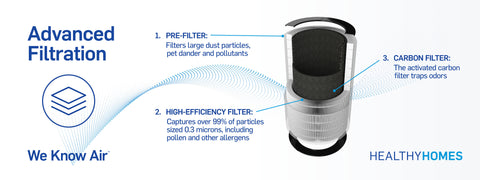
Pros and Cons
Activated carbon filters are great for reducing contamination of the air in rooms. However, activated carbon filters are less efficient in removing allergens and airborne particles compared to other technologies. As mentioned above, they work wonderfully when paired with a true HEPA filter.
Ion Technologies Air Purifier
You may also have heard about ionic air purifiers. These purifiers offer a filterless alternative that charge particles so that they are attracted to objects within a room. This type of air purifier displaces the impure particles, which settle on your home’s surfaces. In other words, ionizers may require you to clean your home’s surfaces regularly.
Pros and Cons
A perceived advantage of ion technologies air purifiers is that they are filterless, meaning they have lower ongoing costs associated with them. Filter replacements are not needed with ionic air purifiers. However, studies do not confirm the benefits from using an ionic air purifier, especially considering that they don’t filter particles from your home environment. 6
UV and Ozone Technologies
UV Technology
UV technology otherwise known as a UV lamp can be installed directly in your HVAC ductwork near the evaporator coils The high-powered ultraviolet light generated from the UV lamp can kill mold and mildew growing on your HVAC’s indoor cooling coil. When purchasing a UV lamp, it is important to research all the available units because some create ozone as a byproduct, while others do not, depending on the wavelengths of UV light they use.
Ozone air purifiers
Ozone air purifiers have been on the market for some time, yet they are not recommended for home use, as they create dangerous pollution. Ozone air purifiers are also called ozone generators and are only used in industrial and non-occupant settings to disinfect the air and kill microbes over time. The amount of ozone they produce is not recommended in domestic settings such as your family’s home.
Additionally, ozone purifiers lack scientific basis for their claims and are ineffective in controlling indoor air pollution, a fact that is backed up by the United States Environmental Protection Agency (EPA).7 Want to know more? Check out our guide to “what is ozone”.
Which Type of Air Purifier Is Right For You?
In summary, there are many different types of air purifiers, but unfortunately many of them are highly ineffective if not a downright waste of money. In our opinion, your best bet is to stick with an air purifier that combines HEPA and activated carbon filtration technologies for a one-two punch against impurities and odors.
In addition to the type of air purifier, you’ll also want to consider the size of the room you are shopping for. How much square footage can the air purifier effectively clean? All manufacturers will publish those specifications. For example, the Carrier Smart Air Purifier XL is suitable for rooms up to 560 square feet, while the Carrier Smart Air Purifier is effective in rooms up to 430 square feet. Shop all Carrier air purifiers today.

A key factor that should be considered when selecting an air purifier is the efficiency of the unit. The Association of Home Appliance Manufacturers (AHAM) has developed a standard for measuring the efficacy of an air purifier called the Clean Air Delivery Rate (CADR). CADR rating informs you of the volume of filtered air produced by an air purifier and provides a separate score for tobacco smoke, pollen, and dust.
AHAM recommends the CADR of an air purifier to be at least two-thirds of your room’s area.8 For example, the Smart Air Purifier XL has the following CADR scores: Tobacco Smoke CADR – 365; Dust CADR – 385, Pollen CADR – 427. These are independently tested and demonstrate performance in the maximum recommended 560 square feet size space.
Explore other articles on our air purifiers educational content hub to know more about air purifiers, like air purifier vs air humidifier
- https://www.epa.gov/report-environment/indoor-air-quality
- https://www.epa.gov/sites/default/files/2018-07/documents/residential_air_cleaners_-_a_technical_summary_3rd_edition.pdf
- https://www.epa.gov/indoor-air-quality-iaq/improving-indoor-air-quality
- https://www.epa.gov/pm-pollution/particulate-matter-pm-basics
- https://www.cdc.gov/coronavirus/2019-ncov/community/ventilation.html
- https://www.epa.gov/indoor-air-quality-iaq/what-are-ionizers-and-other-ozone-generating-air-cleaners
- https://www.epa.gov/indoor-air-quality-iaq/ozone-generators-are-sold-air-cleaners
- https://ahamverifide.org/ahams-air-filtration-standards/

